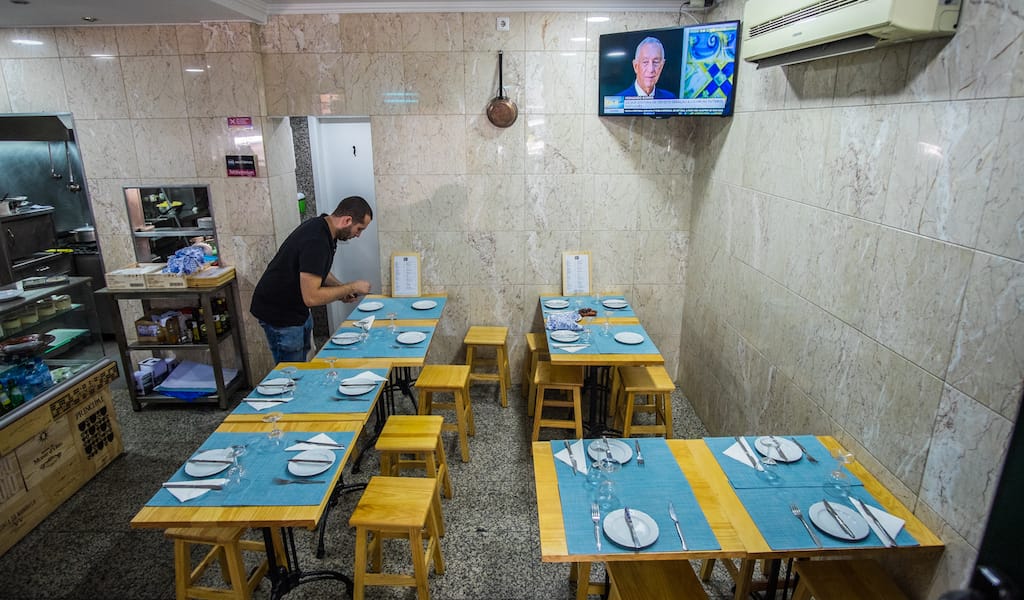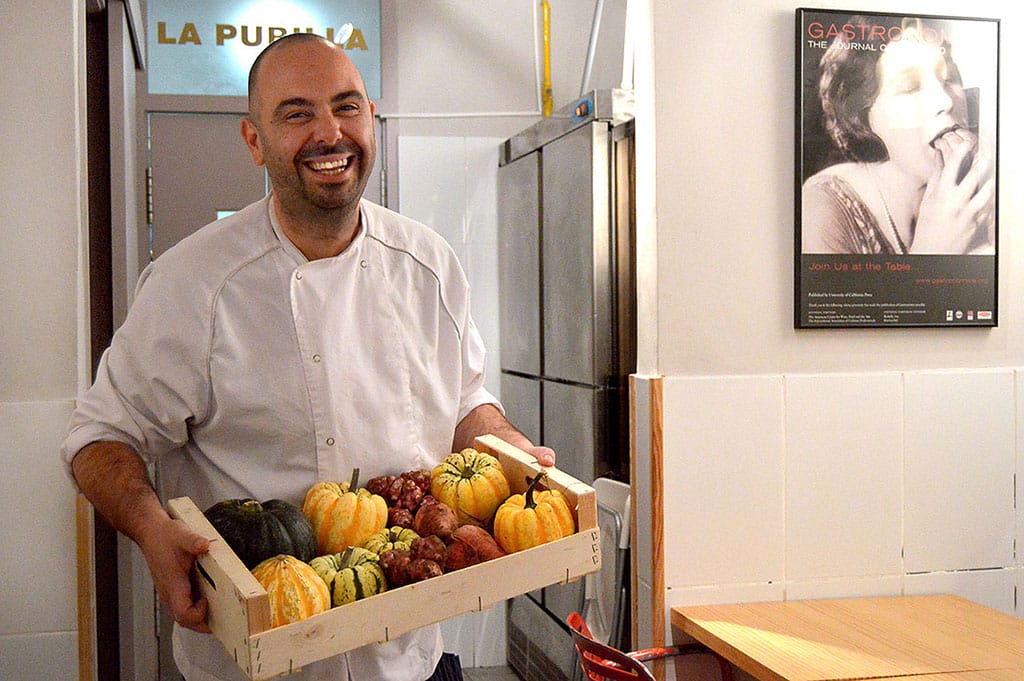Scan the back bar at the Erin Rose, and you’ll see a jumble of memorabilia that indicates a drinking hole that knows its lane. Layers of “historic” decor plaster the smoke-stained walls from rail to ceiling. A 1970s-vintage Evel Knievel poster hangs above a bobblehead figurine of legendary local clarinetist Pete Fountain. Behind a set of glass shelves holding the barkeep’s basics – thick-sided rocks glasses for double shots or the occasional Sazerac, a staggered lineup of beer bottles that act as a three-dimensional menu – every square inch of vertical surface is covered with in-joke bric-a-brac of various eras. A huge backlit sign from the 50s that reads “PRESCRIPTIONS.” A laser-printed WuTang logo. Hundreds of patches from law enforcement departments from across the globe.
If it’s your first time stumbling in – the Rose is, after all, a half block off Bourbon Street – there’s plenty of handmade signage showing you the lay of the land. The most important is, of course, the following announcement: WAKE UP AND LIVE! Drink Specials 10AM to 2PM. Every Day at the Rose. Drink up.
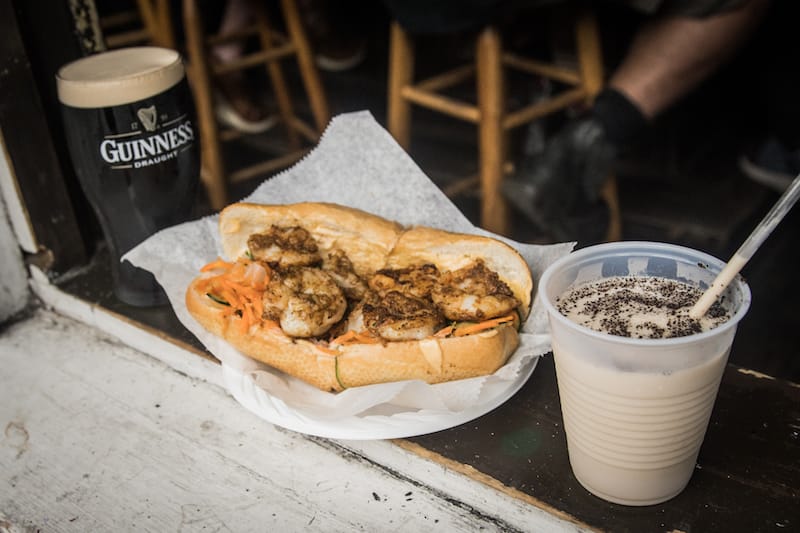
But there’s more than meets the eye here. Edge past the line of perpetually occupied barstools and beyond the obligatory video poker alcove, and you’ll find a hidden French Quarter culinary treasure –the original location of Killer Poboys. Since 2012, owner Camille “Cam” Boudreaux – who cut his teeth in some of New Orleans’s fancier kitchens – has run this backroom pop-up turned institution, which operates from a tiny galley kitchen of the beloved dive bar, serving a tight but impeccably executed menu of the Crescent City’s classic “long sandwich.” Scanning the po’ boy list takes about a second, but picking your favorite might take some soul-searching.
Killer offers exactly four options (a small number by local standards), all of which riff on long-standing po’ boy tradition. Tender, shredded roast beef with beer-fortified “debris” gravy adds creamy horseradish and pickled peppers, drawing connections between classic New Orleans and East Coast sandwich traditions. A seafood variation tips a culinary cap to the area’s Vietnamese immigrant culture, mixing griddle-seared gulf shrimp with crunchy marinated radish/carrot slaw and a drizzle of bright nuac mam sauce that adds a perfect funky note to every mouthful. There’s a roasted sweet potato po’ boy for the vegans and a rum-roasted pork belly for the other end of that spectrum.
This scrappy, unassuming bar-based pop-up pulls off a nifty trick – just steps off New Orleans’s (in)famous non-stop tourist debauchery zone, it has created an eating destination that locals respect, playing with the city’s long-standing food traditions while appreciating their history, power and integrity. But it’s far from being an outlier: When it comes to foodways and drinking culture, New Orleans stands firm even as it playfully winks at you. It’s a series of living cultural stories that, like the hearty yet feather-light po’ boy, is well worth digging into.
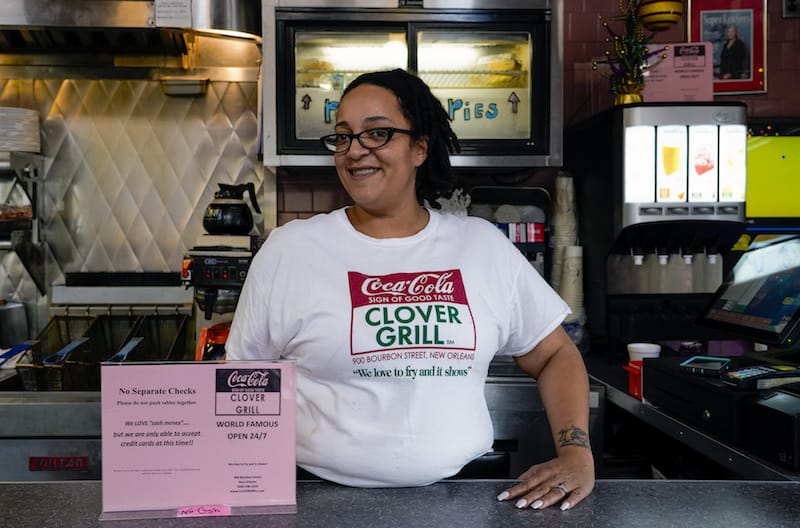
Hospitality, Culture and Good Food
Visitors have certainly long been eager to dig in. For a small yet historic American city, New Orleans maintains an outsized international reputation for the hospitality, cuisine and everyday debauchery. Through three centuries of history, the city has kept its food culture front and center, with its companion traditions (jazz and the barroom arts) close at hand. For a city of its size – tiny by contemporary American standards – it casts a very long shadow when it comes to things culinary.
New Orleans’s living food history certainly makes it unique among storied food towns, even as contemporary influences bring inevitable change to the city’s restaurant scene. Any new national trend from New York, California or Portland might take temporary root here, but much of the scene chugs along regardless of fashion or fad, a place where “Where’s the hot new spot?” might be worth asking, but is simultaneously very much beside the point. Modernist foams and birria tacos can find purchase here, but the city’s powerful restaurant scene is more often informed by long-standing home cooking traditions, with award-winning chefs often competing with the legacy of grandmother’s gumbo. And while many cities might have “New Orleans-style” restaurants, travelers arrive knowing on some level that it’s their chance to dive into foods they just can’t get back home.
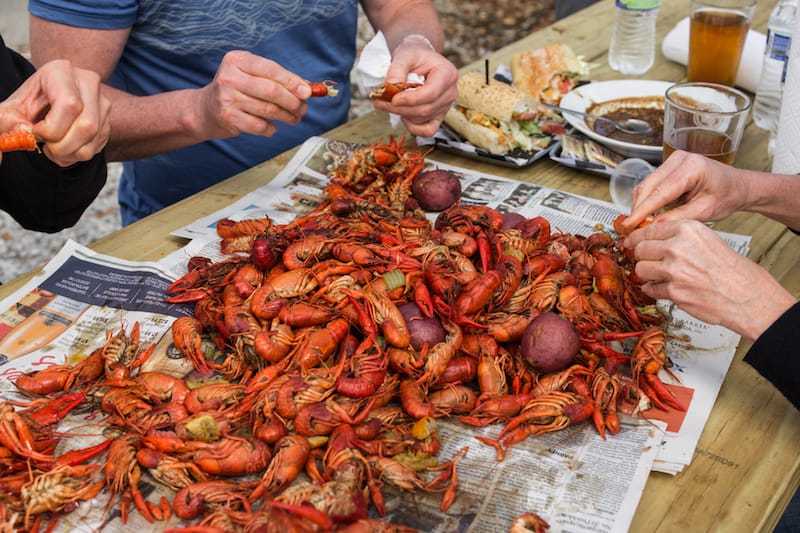
An integral part of New Orleans’ enduring yet often mysterious appeal – culinary and otherwise – comes from simple cultural physics. After some 300 years of often-checkered history, the city retains an approachable human scale that’s rare for a major American city. The basic city plan was laid out in the 1700s, blossomed through the 1800s and, after that, adapted as best it could to the modern era. Unlike the suburb-centric Sunbelt towns – Austin, Atlanta and Los Angeles, for example – New Orleans proper was built for a distinctly pre-modern, pre-automobile era. Neighborhoods grew with walking scale as the default and wood-frame “shotgun houses” lined up closely on narrow streets. This closeness contributes to the city’s everyday social space – where New Orleanians actually greet and talk to strangers on a regular basis. A cashier or passerby might greet a traveler with a “Hey baaby…” and a familiar smile without previous introduction. A waiter might greet you like you’ve been a regular for years. It’s this gracious social ease that makes New Orleans a natural for its thriving hospitality-driven economy.
Modernist foams and birria tacos can find purchase here, but the city’s powerful restaurant scene is more often informed by long-standing home cooking traditions, with award-winning chefs often competing with the legacy of grandmother’s gumbo.
The city’s strategic location – where the mighty Mississippi River meets the warm-water Gulf of Mexico – provides the added bonus of rich fisheries and year-round bounty of locally-sourced seafood. Its early history as a thriving port city established a diverse foodways and local specialties – the po’ boy, Creole fish dishes, gumbo variations heavy with okra and fat Gulf shrimp – that form the foundation of its unique cuisine.
And while the local flavors are definitely influenced by its early European colonial influences – settled by the French and administered by the Spanish before becoming part of the U.S. in 1803 – they are profoundly shaped by three centuries of African influence. As a thriving international port during the trans-Atlantic slave trade, New Orleans’s food culture – like its music, architecture and visual artistic traditions – illustrate the intricate and problematic interplay of African and European influences. As we start dealing with the historic realities of New Orleans culture, it’s worth noting a current mantra of local activists that distills this cultural reality to a single sentence: “Everything You Love about New Orleans is Because of Black People.”
“Here to Eat”
Many visitors, meanwhile, have the shallower phrase “here to eat” in their minds, and New Orleans’s legendary restaurant culture certainly attempts to serve a million culinary whims. The broad category of “New Orleans food” is often a primary attraction, as visitors often start their search with local specialties in their natural habita t (a po’ boy at Domilise’s, fried chicken and butter beans at Willie Mae’s Scotch House, for example). Folks who come here itching for something a bit more formal might end up at the Bourbon Street institution Galatoire’s for a raucous fancy-dress Friday lunch with butter-rich seafood and two more cocktails than they might entertain on their home turf.
Devoted culinary pilgrims come here with a wide range of local specialties and rightfully celebrated destinations in their sights – home-style Creole dishes and fried chicken at the legendary Dooky Chase Restaurant, a properly-made Ramos Gin Fizz at the landmark Roosevelt Hotel, or red beans and rice served by trumpeter and local ambassador Kermit Ruffins at his dive bar/music venue, the historic Mother-In-Law Lounge.
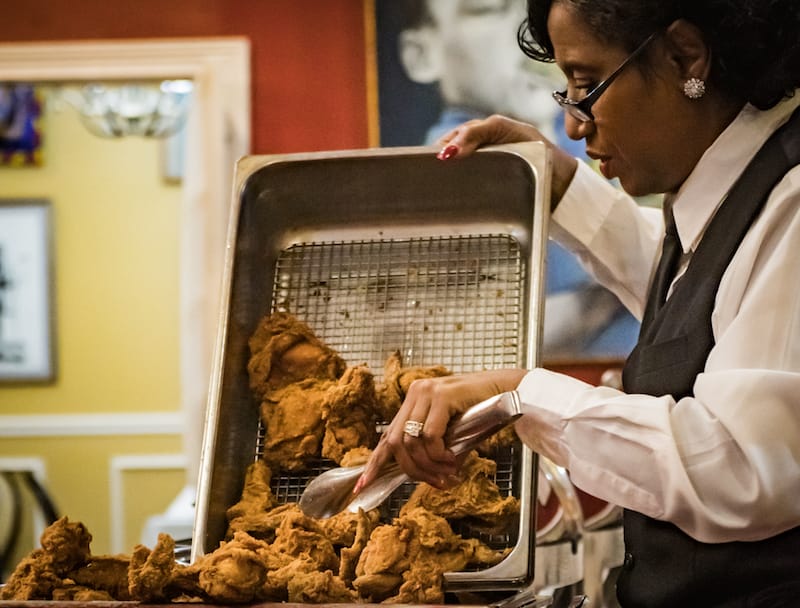
Unlike many other mass-market tourist destinations, though, New Orleans’ timekeeping is driven more by foodways and local celebrations as it is by the traditional seasons (or, to be sure, the expectations of tourists). Seasoned chefs and savvy eaters instinctively know the annual cycle of peak seafood – crawfish in spring, crab in summer, shrimp in fall, oysters in winter – and roll with nature’s bounty. (A benefit of being near where the fresh-water Mississippi marshes meets the brackish Gulf of Mexico.)
While many tourist towns can be territorial with their local specialties, New Orleans folk freely volunteer their favorite spots and the “under the radar” joints that define the city’s workaday food culture. Knowing where to eat and the secret standout dishes at a place like Guy’s Poboys (ask for “Da Bomb”) or Neow’s Creole Cafe (crawfish balls with remoulade) is a de facto sport in the Crescent City. Ask a few strangers for their favorites, and you’ll soon have a list of solid recommendations with a very low Conventioneer Factor.
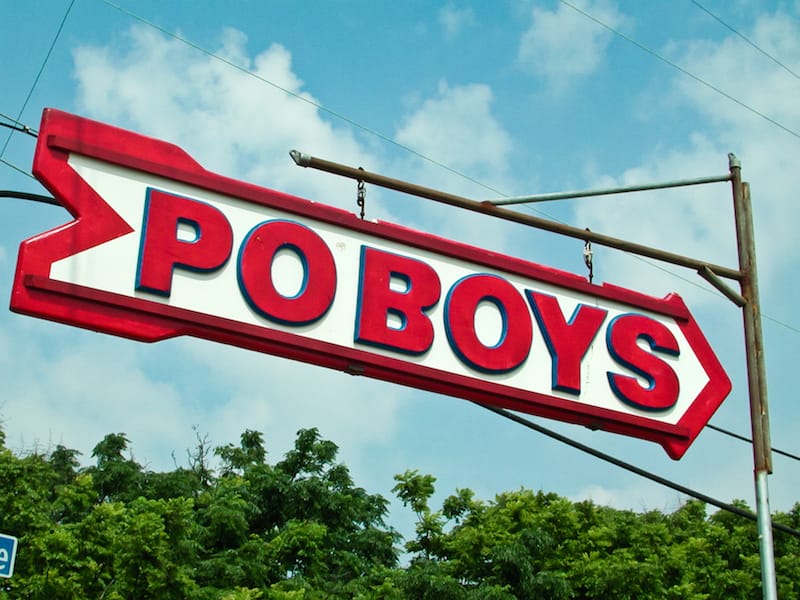
A Delicate and Resilient Ecosystem
Which brings us to the present moment – as the world eases unevenly out of Covid restrictions, travelers are feeling their way through new realities, and New Orleans restaurateurs have to navigate a challenging, ever-changing game field, always with a welcoming smile. The past couple of years provided a steady stream of traumatic blows to New Orleans’ tourist-centric culture and the economy. In a way, though, the local community has valuable (if hard-won) experience processing collective large-scale trauma: the lessons of Hurricane Katrina helped New Orleans respond quickly to a massive early outbreak and minimize Covid spread.
At the same time, there’s something that looms larger than Covid: climate change. With every new study showing the threat of climate change, the city considers its aging infrastructure and the fragility of its dwindling protective coastline. Each hurricane season (officially June to November), we watch the Gulf, evacuate when we have to, and when hit by a major storm (like 2021’s Hurricane Ida), consider the larger atmospheric consequences yet to come.
Not surprisingly, these issues get integrated into the region’s food culture, most notably in the work of chef Melissa Martin and her neighborhood restaurant the Mosquito Supper Club. A native of Chauvin in coastal Terrebonne Parish, Martin celebrates the elemental, seafood culture of her home – fried stuffed crabs, shrimp and okra gumbo, fresh strawberry pies – in a communal-table setting in the Uptown neighborhood. Every night, through her cooking, she tells stories of the food and its origins, the fisherfolk who provide tonight’s ingredients and the tenuous nature of working life on the coastal front lines.
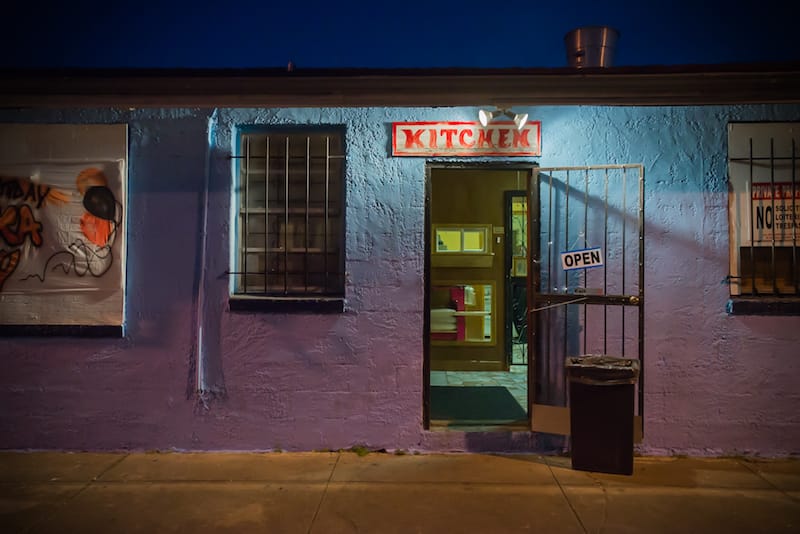
Worries that surfaced post-Katrina – the escalation of urban gentrification and real-estate speculation – continue in the wake of Covid lockdowns. Neighborhoods adjacent to the Quarter, most notably the Treme and nearby 6th Ward, have been affected by a rise in Airbnb properties, as neighborhoods see a decline in year-round residents and a rise in short-term rentals.
Given recent changes, the city also wonders how the Covid pandemic has changed many of its core economic centers. After a year of lockdown and restricted travel, will in-person conventions return in full force, or are Zoom calls and video marketing the new normal? As tourism gradually reawakens, will Americans flock here as a distinctive domestic alternative to international destinations? Season to season, day by day, we watch the answer develop in front of our eyes.
Despite the ongoing global uncertainties, New Orleans’s neighborhood stalwarts always rally to feed the faithful, and for po’ boy people, one reliable classic is the Parkway Bakery and Tavern. A “destination dive” in the MidCity neighborhood, the Parkway sits a block away from the end of Bayou St. John and the new Lafitte Greenway, an old railway corridor that’s been turned into a park and bicycle path. The Parkway ranks as a durable classic in the po’ boy game, playing the more traditional side of po’ boy culture. Unlike Killer Poboys’ slimmed down menu, here you’ve got 12 options. Is today’s call a seafood variation overstuffed with crispy fried Gulf shrimp (breaded and crunchy) or roast beef slow-cooked to near-liquid tenderness and dripping with savory brown gravy? (No horseradish. No peppers.) Or will you combine the classics with the “Surf and Turf” – delicate shrimp topped with that chunky debris gravy? Either way, you’ll need about nine napkins for propriety’s sake and a beer or two to wash it all down.
One thing’s almost guaranteed, though: when you hit the Parkway, there will likely be a line out the door. Not the annoying kind, mind you, just enough to whet your appetite and give you time to think as you read the menu board’s fine print and notice something new. As even while it protects tradition, the Parkway – like the city it calls home – innovates around the edges.
Cool your heels, then, sip your beer and consider this: “How could one possibly make a gluten-free po’ boy?”
 August 9, 2018 Petisco Saloio
August 9, 2018 Petisco Saloio
We’ve long been tasca hounds, searching out the best that Lisbon has to offer. But in […] Posted in Lisbon November 4, 2019 Balık Dürüm Mehmet Usta
November 4, 2019 Balık Dürüm Mehmet Usta
The balık ekmek (fish sandwich or, more literally, fish and bread) – an Istanbul street […] Posted in Istanbul August 22, 2013 La Pubilla
August 22, 2013 La Pubilla
Editor's note: During the dog days of August, much of the city of Barcelona - including […] Posted in Barcelona
Pableaux JohnsonPableaux Johnson and Ellen Rosenberg
Published on February 17, 2022
Related stories
August 9, 2018
LisbonWe’ve long been tasca hounds, searching out the best that Lisbon has to offer. But in the last few years, a good number of our favorites have closed: the perfect storm of spiking rents, real estate interests, and aging owners and clients have stacked the odds against these small, cheap, familiar restaurants. For a while,…
Discover Karaköy on our Two Markets, Two Continents walk!
November 4, 2019
IstanbulThe balık ekmek (fish sandwich or, more literally, fish and bread) – an Istanbul street food staple – has lived and died and been born again along any walkable stretch of the Bosphorus. Whether you’re in the habit of buying it from the neon-lit boats docked at Eminönü’s pier (which, to the chagrin of some…
August 22, 2013
Barcelona | By Hollis Duncan
BarcelonaEditor's note: During the dog days of August, much of the city of Barcelona - including many dining establishments - shuts down for an extended vacation. We're happy to rerun this review of La Pubilla, one of our favorite Catalan restaurants, which remains open this month. When chef Alexis Peñalver was looking for a location…

















































